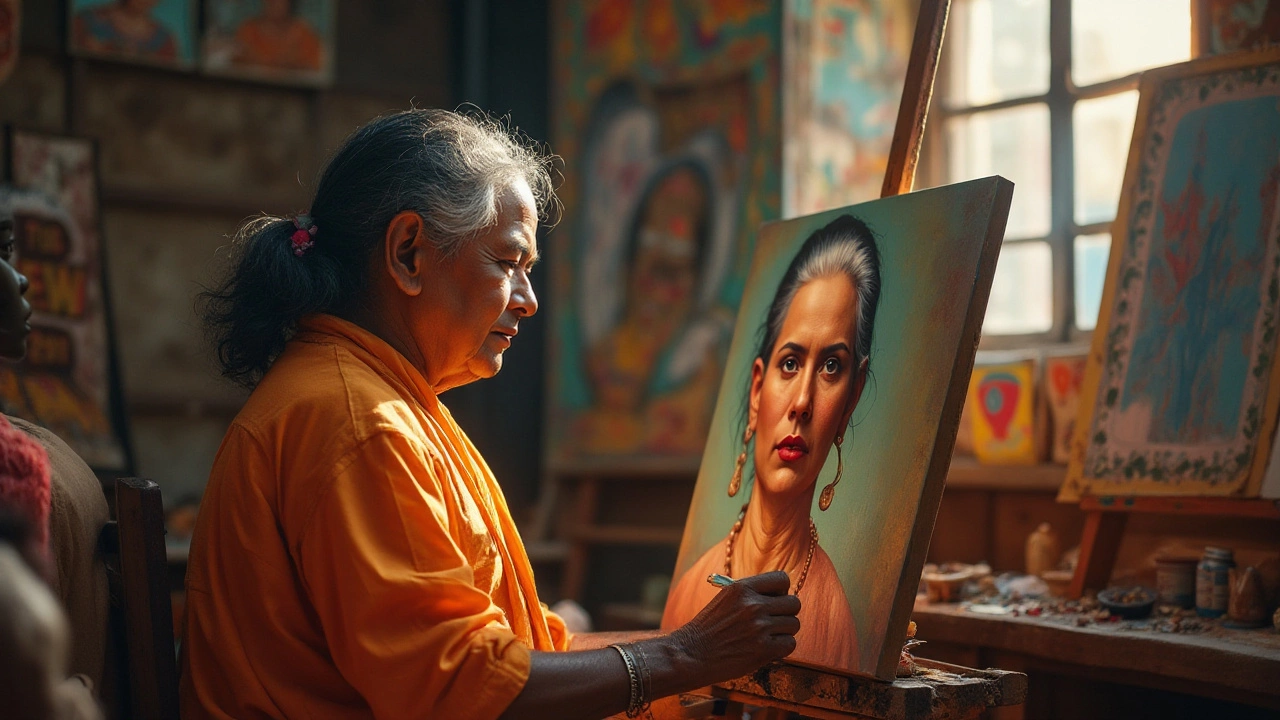Artistic Expression: Practical Tips to Boost Your Creative Voice
Ever felt stuck trying to get your ideas onto canvas, screen, or sculpture? You’re not alone. The good news is that artistic expression is a skill you can train, just like playing an instrument or learning a sport. Below are simple, proven steps that work for painters, photographers, sculptors, and digital creators alike.
Core Forms That Shape Expression
Start by looking at the seven core forms of contemporary art: installation, performance, digital, street, painting, sculpture, and mixed media. Each form gives you a shortcut to new ideas. For example, if you’re used to painting, try adding a small performance element—like a live‑draw session on social media. The shift forces you to think differently and often sparks fresh concepts.
Landscape painting still sells in 2025, but the market now favors works that blend traditional scenery with modern twists, such as digital overlays or bold color schemes. Checking current price bands can help you decide whether to keep a classic approach or experiment with a hybrid style. Remember, you don’t have to abandon what you love; just add a little edge.
Modern Tools & Trends for Everyday Creators
Technology has turned the art world upside down. AI‑generated art, immersive installations, and interactive tech are dominating galleries. If you’re a photographer, learning the right terms for fine‑art photography (like “conceptual” or “pictorialism”) helps you position your work in galleries and online stores. A quick checklist of lighting, composition, and edition notes can make the process smoother.
When you work with oil paint, activating the medium properly makes a world of difference. Using a mix of classic solvents and eco‑friendly mediums keeps the paint buttery and reduces cracking. A few drops of linseed oil plus a modern, low‑odor medium can give you a smooth flow without the harsh smell.
For sculptors, pricing formulas now include gallery commission math and even GST notes for Australian sellers. Understanding these numbers ensures you charge what you’re worth and avoid surprise deductions. A simple spreadsheet can track material costs, labor hours, and the gallery’s cut, giving you a clear profit margin.
If you’re curious about where to showcase your work, think beyond traditional galleries. Online platforms, local street art festivals, and even a curated Instagram grid can attract fans and buyers. Posting consistently, using relevant hashtags, and tagging city‑specific art groups increase visibility without spending a lot on ads.
Finally, remember that artistic expression is personal but also social. Talk to other creators, share your process, and ask for feedback. A quick chat with a fellow painter about the “golden rule in oil painting” (yes, the golden ratio still matters) can reveal new ways to balance your compositions.
Keep experimenting, track what works, and stay curious. The more tools and forms you try, the richer your artistic voice becomes. Ready to make your next piece stand out? Grab your favorite medium, set a timer for 30 minutes, and create something without overthinking. You’ll be surprised how quickly fresh ideas flow when you simply start.



